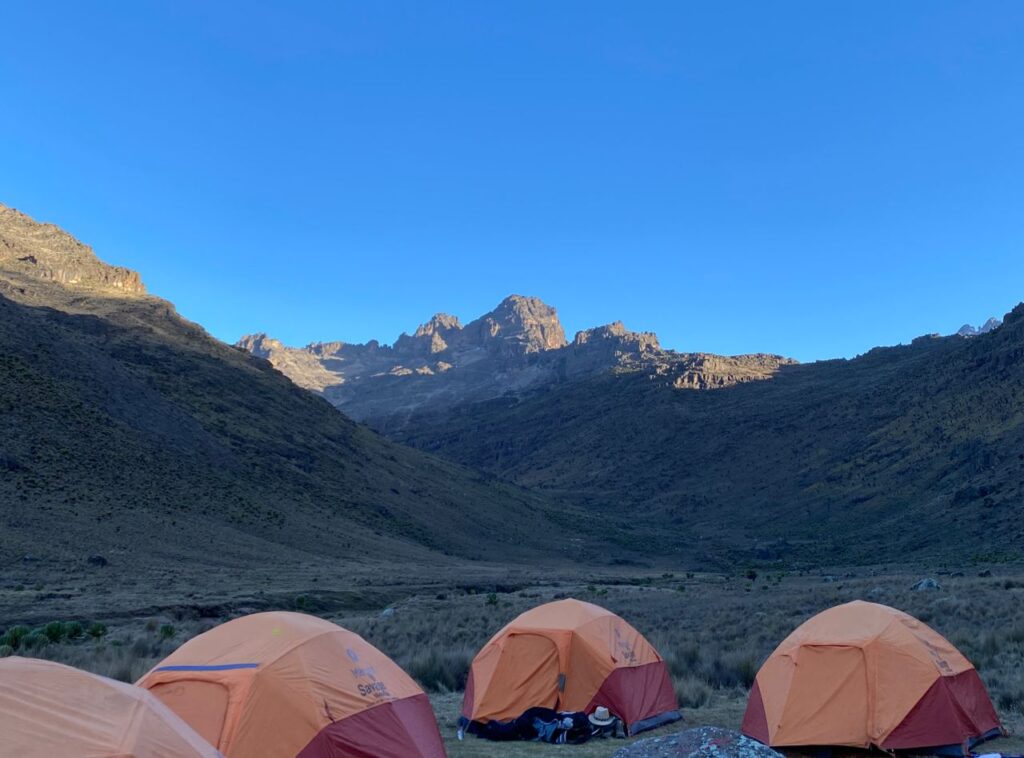“The silence, the absence of contact with others, the empty freedom of aloneness is something that we can discover, drop into and be renewed, fed and nurtured by”

Dear Toby,
This article looks at the transition from loneliness to the enjoyment of being alone, and offers some ways to work with it in meditation. If you enjoy the article then it will be the subject of class 1 of the new The Wisdom of Awakening Series: Meditations for developing wisdom around inner-growth, happiness & fulfillment starts on Aug 15th/16th. You are welcome to join, either live or online!
In the spirit of ease in your own company,
Toby
Tides of emptiness & fullness – On meditation & being alone
Human & mammalian contact
As humans and as mammals we naturally crave company, touch, relational contact. This can make us afraid of being alone, and of aloneness, because the immediate experience of being alone makes us feel lonely. This instinctive aversion to alone-ness can prevent us from experiencing the pleasure and restorative energy of being alone.
Meditation – Building comfort & ease in your own company
Meditation, even when we do it on a group is very much about getting comfortable being alone and enjoying the experience of being in our own company. Therefore, in order to meditate implies an ability to confront and come to terms with our loneliness. It means to be able to sit with ourselves in a warm, friendly way that can feed, rather than drain us energetically.
Encountering & plugging the tide of loneliness
When we sit alone with ourselves, one reason that we find it uncomfortable is that our insecurity often causes us to start thinking and reflecting on our life in a negative or imbalanced manner that is unpleasant to experience. To be alone can sometimes feel as if we are being flooded by a tide of negativity and paranoia which makes us run back to the company of others and to being ‘busy’ simple to escape it. When we sit at the beginning of meditation then, it can be useful to ‘plug’ this tide by anchoring our attention to sensations, images and thoughts of a benevolent nature, so that we don’t get swept away or panicked by the flow of lonely, alienating thoughts and feelings.
Opening to the empty fullness of aloneness
Once we have stabilised our position in aloneness using the anchoring to benevolence method in the above paragraph, we can then start to let go of thoughts and thinking, and relax into the empty space of being alone in the moment. The silence, the absence of contact with others, the empty freedom of aloneness is something that we discover, drop into and be renewed, fed and nurtured by.
Returning to company
By learning to enjoy aloneness, we also change our relationship to being with others. We can enjoy being with others as a complement to our enjoyment of aloneness. Our way of bonding and forming attachments to others changes, as we connect to them through a healthy sense of independence at the same time as forming interdependent and enriching bonds with them.
So, in meditation there are really three stages to this as described above:
- Building a sense of comfort and ease in your own company
- Stemming the tide of empty loneliness by anchoring to benevolent thoughts and images
- Opening to the empty fullness of aloneness
5-10 minutes on each stage would give you a 15-30minute meditation to begin exploring and enjoying this domain.
Finally, whenever you find yourself alone, you will know what to do with it!
Related articles: Discovering the pleasure of alone
© Toby Ouvry 2023, you are welcome to use or share this article, but please cite Toby as the source and include reference to his website www.tobyouvry.com
Integral Meditation Asia
Online Courses * 1:1 Coaching * Books * Live Workshops * Corporate Mindfulness Training *Life-Coaching * Meditation Technology